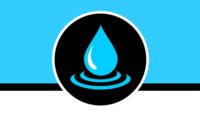DigDeep, a human rights non-profit working to ensure that every American has clean, running water forever, recently released a new report entitled: “Draining: The Economic Impact of America’s Hidden Water Crisis.” The report provides an in-depth analysis of the costs and benefits of extending water and sanitation access to every home in the United States. According to the report:
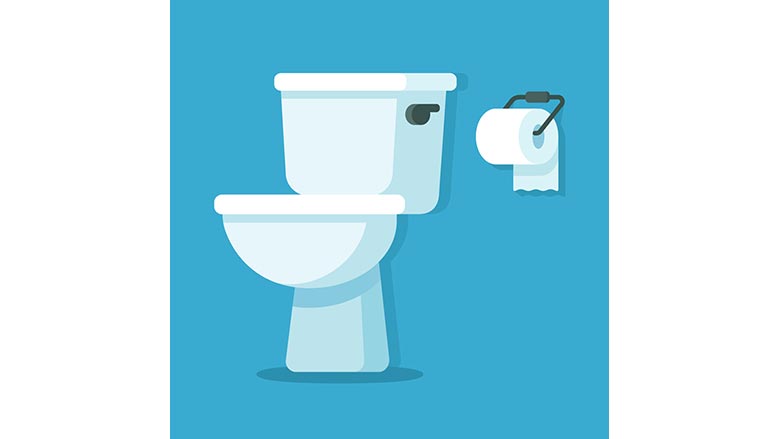

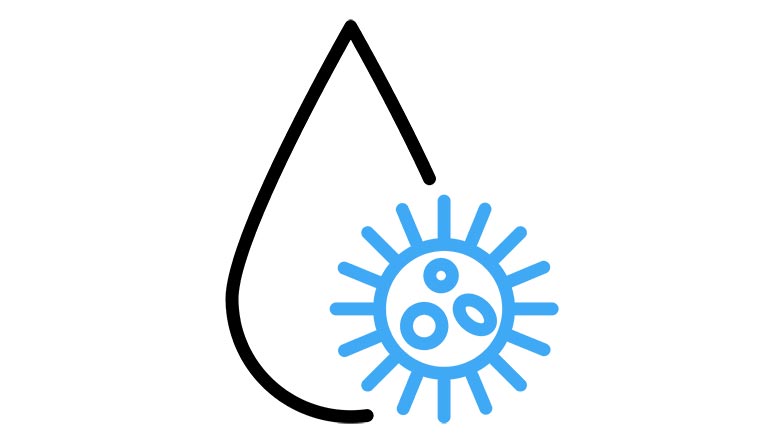

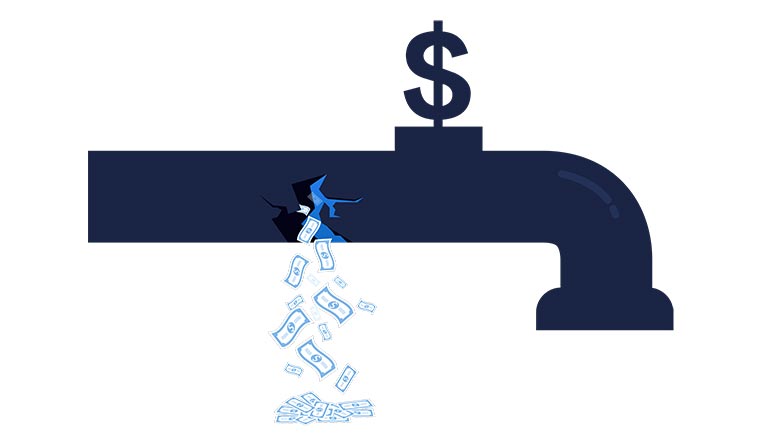
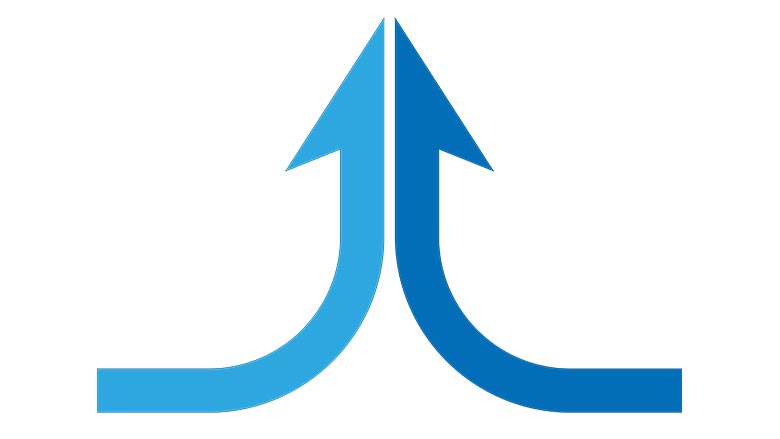
To read the full report, visit www.digdeep.org/draining

